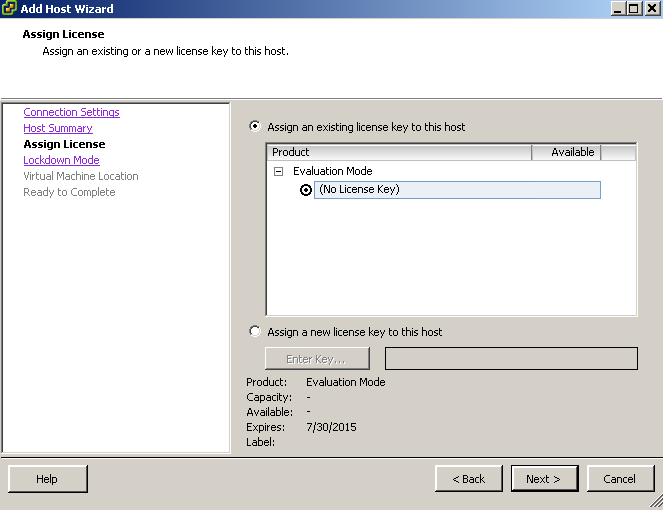Fortigate Vm Trial License Reset Button

Duo integrates with your Fortinet FortiGate SSL VPN to add two-factor authentication to FortiClient VPN access. Overview To integrate Duo with your Fortinet FortiGate SSL VPN, you will need to install a local proxy service on a machine within your network. This Duo proxy server also acts as a RADIUS server — there's usually no need to deploy a separate additional RADIUS server to use Duo.
Trudoemkostj rabot lada largus. Once configured, Duo sends your users an automatic authentication request via Duo Push notification to a mobile device or phone call after successful primary login. This configuration doesn't support inline self-service enrollment. You'll need to create your users in Duo ahead of time using one of our other enrollment methods, like. Read the to learn more. Connectivity Requirements This application communicates with Duo's service on TCP port 443. Firewall configurations that restrict outbound access to Duo's service with rules using destination IP addresses or IP address ranges aren't recommended, since these may change over time to maintain our service's high availability. If your organization requires IP-based rules, please review.
First Steps You should already have a working primary authentication configuration for your Fortinet FortiGate SSL VPN users before you begin to deploy Duo. Locate (or set up) a system on which you will install the Duo Authentication Proxy. The proxy supports Windows and Linux systems (in particular, we recommend Windows Server 2012 R2 or later, Red Hat Enterprise Linux 7 or later, CentOS 7 or later, or Debian 7 or later).
The FortiGate unit downloads the configuration file and checks that the model information is correct. If it is, the FortiGate unit loads the configuration file and checks each command for errors. If a command is invalid, the FortiGate unit ignores the command. Reset to factory default. To execute the factory default reset on the switch, perform these steps: -Using pointed objects, simultaneously press both the Reset and Clear buttons on the front of the switch. -Continue to press the Clear button while releasing the Reset button. -When the Self Test LED begins to blink, release the Clear button.

Then you'll need to: •. • Log in to the and navigate to Applications. • Click Protect an Application and locate Fortinet FortiGate SSL VPN in the applications list. Click Protect this Application to get your integration key, secret key, and API hostname. See for help.
• Ensure that Perl, Python 2.6 or 2.7 (including development headers and libraries), and a compiler toolchain are installed. On most recent RPM-based distributions — like Fedora, RedHat Enterprise, and CentOS — you can install these by running (as root): $ yum install gcc make python-devel libffi-devel perl zlib-devel On Debian-derived systems, install these dependencies by running (as root): $ apt-get install build-essential python-dev libffi-dev perl zlib1g-dev • Download the most recent Authentication Proxy for Unix from. Depending on your download method, the actual filename may reflect the version e.g. View checksums for Duo downloads. • Extract the Authentication Proxy files and build it as follows: $ tar xzf duoauthproxy-latest-src.tgz $ cd duoauthproxy- version-src $ make • Install the authentication proxy (as root): $ cd duoauthproxy-build $./install Follow the prompts to complete the installation. If you ever need to uninstall the proxy, run /opt/duoauthproxy/uninstall.
- вторник 07 мая
- 10